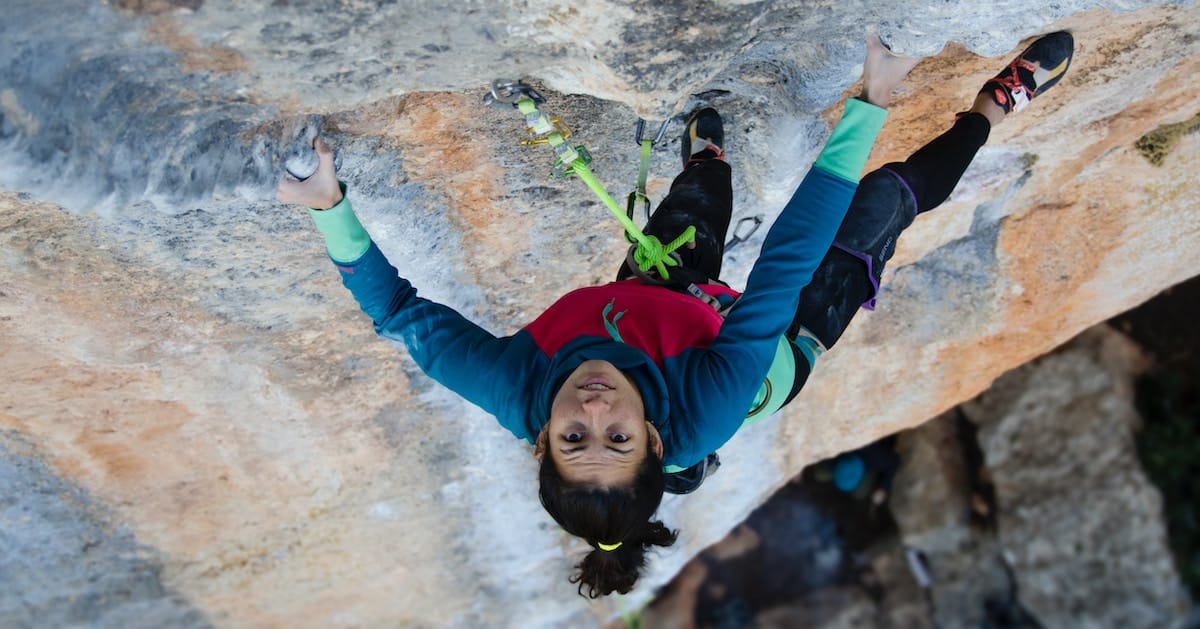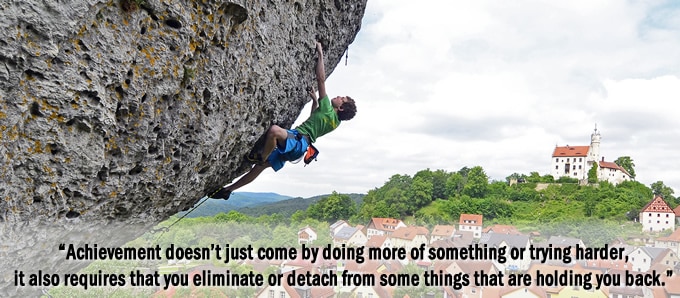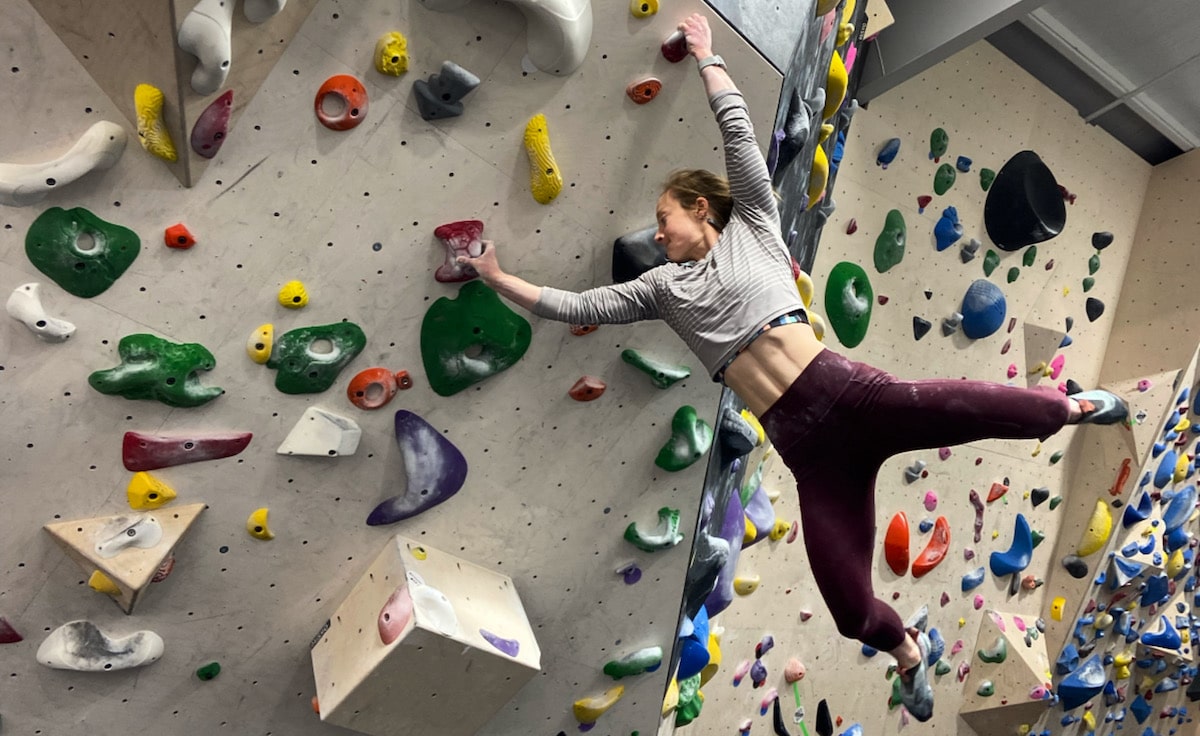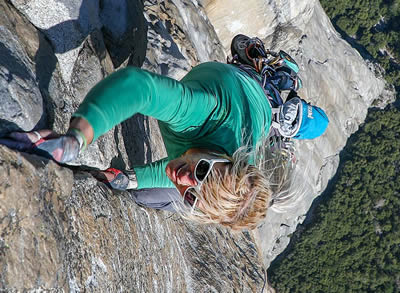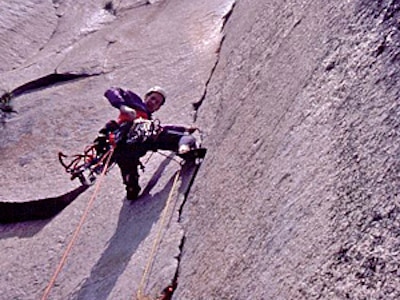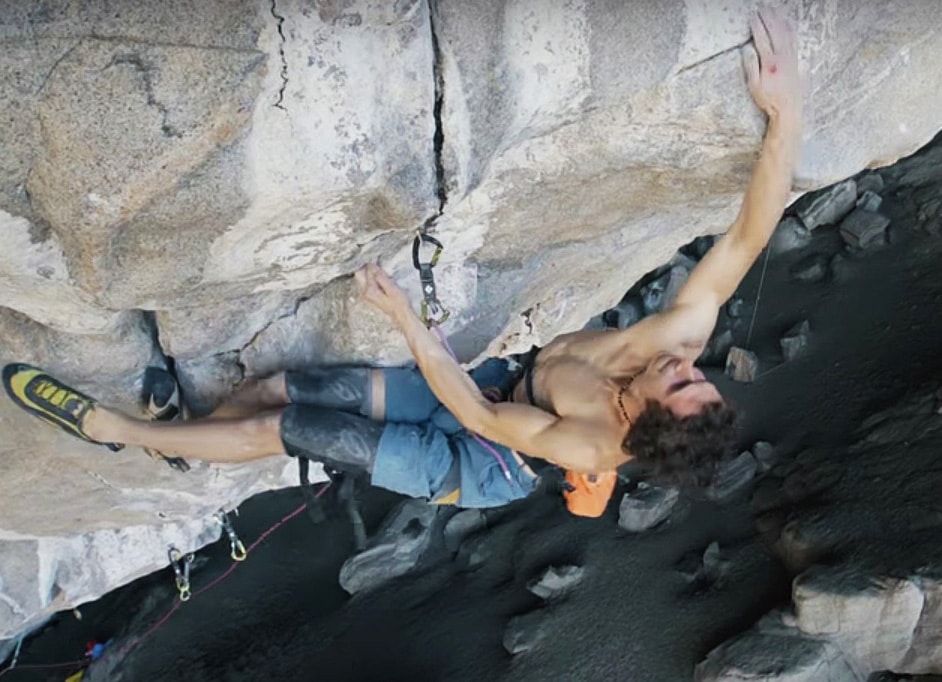Goals are the ultimate motivator. Learn the process of effective goal setting for climbing to support you in your progression.
(This article was originally published in January of 2021, just in time for the New Year. But goals aren’t just for January—they’re important to set and chase all year round!)
For many climbers, long-term goals revolve around simply climbing harder or experiencing more on the rock. For others, the ultimate goal lies in succeeding on a specific “lifetime project” or in achieving a certain lofty grade. Such performance goals can provide sustained motivation as long as they are specific and not completely unreasonable (given your current ability).
Still, it’s essential that you also set short-term goals that yield daily motivation for training and climbing, and offer a sense of tangible progress toward your ultimate goal. Together, short- and long-term goal setting can propel you to the climbs of your dreams—and beyond!
Performance Goals
Let’s examine the process of effective goal setting. First, let’s delve into performance goals. The most common type of performance goal is a desired climbing grade to achieve. This year you might set the short-term goal to climb 5.12a or to boulder V7, while your ultimate long-term goal might be to someday climb 5.13 or boulder V10.
Alongside these grade-based goals, it’s also important to set a few even more specific goals—down to what route you’d love to send this year, next season, and or as your ultimate lifetime project. Write down the names of the climbs and post them in places you’ll see each day. Do this, and the odds that you’ll achieve these climbs immediately moves in your favor because they’ll remain on the top of your mind. This makes it easier to tailor your daily behaviors around pursuing these specific goals.
Training Goals
Next, you must set some process goals for your training that will pique motivation and yield physical gains that you can see and feel. Training goals are most effective if they are concrete and measurable, as opposed to a more vague, less measurable goal such as “improve flexibility.” For instance, you might set a goal to perform twenty pull-ups, do five hypergravity pull-ups with 50 pounds around your waist, succeed at a 1-3-5-7 campus board sequence, or whatever. Over the course of many weeks of training you can track tangible progress towards these goals and this will elevate your motivation even more.
The beauty of both training and performance goals is that there’s always room for improvement. You’ll never run out of classic climbs to train for!
When setting your goals, try these five tips for making your goal-setting as effective as possible.
1. Write down your goals—this makes them more real and far more achievable. Keep a training notebook or climbing diary in which you can record your goals, workout plan, and climbing accomplishments.
2. Define your goals specifically and with as much detail as possible, then tell a friend (and ask for accountability). While measurable goals are best, it doesn’t hurt to set a few style or mental goals such as “improve footwork”, “rest more effectively en route”, or “climb more briskly and with more economy.” With such subjective goals, confide in a partner or coach and ask them to observe your climbing and decide when you have, in fact, achieved the desired style goal. Encouragement and accountability of a friend or partner is extremely important.
3. Make your goals lofty and challenging, but keep them realistic. Setting unreachable goals, like “do a one-arm pull-up this year” (if currently you can barely do 10 two-arm pull-ups) or “climb 5.13/V9 by year’s end” (if currently only a 5.11/V4 climber) is counterproductive and a real motivation-killer. Instead set incremental goals that will yield a motivation-generating “win” every few weeks.
4. Set a deadline for the accomplishment of each goal. A goal best inspires you into action when a deadline is affixed to the performance benchmark. Thus, goals such as “achieving 10 consecutive pull-ups by June 1st” or “bouldering a V5 by my birthday” will light a fire for action—a fire which burns stronger as the deadline nears. Conversely, goals without deadlines are flaccid and tend to inspire half-hearted action.
5. Write down one thing that you will sacrifice in order to reach this goal. This final step is vital and, interestingly, it’s a step missing from most traditional goal-setting exercises. Considering what one or two thing(s) you could give up to help attain your goal is a powerful exercise. This will open your eyes to the reality that achievement doesn’t just come by doing more of something or trying harder, it also requires that you eliminate or detach from some things that are holding you back.
Related Articles:
- Goal-Setting Tactics for Realizing Your Climbing Dreams
- Process Vs Outcome Goals for Plotting Your Climbing Future
- 4 Tips for Becoming a Head Strong Climber
- Self-Discipline & Commitment: The Great Equalizers
- Climbing X-Factors: Imagination, Willpower and Perseverance
Copyright © 2000–2023 Eric J. Hörst | All Rights Reserved.

